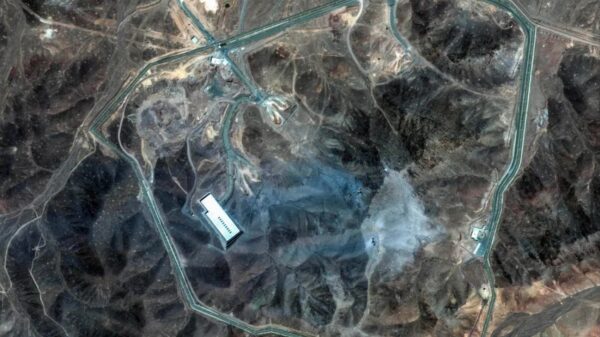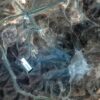Contenido
contaminación
¿Cuáles son las enfermedades relacionadas con la contaminación atmosférica?
De acuerdo con expertos, la contaminación del aire contribuye al desarrollo de diversos problemas de salud, relacionados con enfermedades de las vías respiratorias, además de vasculares, cardiacas y cerebrales.
CIUDAD DE MÉXICO (apro).- En esta temporada de ozono en la Ciudad de México es importante tener en cuenta los riesgos a la salud, relacionados con la contaminación atmosférica.
De acuerdo con expertos, la contaminación del aire contribuye al desarrollo de diversos problemas de salud, relacionados con enfermedades de las vías respiratorias, además de vasculares, cardiacas y cerebrales.
A finales de febrero la temperatura aumenta con cada día en la CDMX. Las masas de aire frío del norte del continente tienen un menor impacto en la temperatura de la Cuenca de México, lo que propicia la formación del ozono y del esmog fotoquímico. La temporada de ozono inicia en la última semana de febrero y concluye en junio con las primeras lluvias.
Según el manual MSD, las personas que viven en zonas con un gran volumen de tráfico corren un riesgo elevado de sufrir problemas de salud relacionados con la contaminación del aire.
Los principales componentes de la contaminación del aire son:
- Dióxido de nitrógeno (procedente de la combustión de combustibles fósiles).
- El ozono (debido al efecto de la luz solar sobre el dióxido de nitrógeno y los hidrocarburos).
- Monóxido de carbono.
- Contaminación atmosférica por partículas (partículas sólidas o líquidas en suspensión).
- Óxidos de azufre.
Los problemas de salud que se han relacionado por la contaminación del aire son:
- Asma.
- Exacerbaciones de la enfermedad pulmonar obstructiva crónica (EPOC).
- Aumento en el riesgo de infecciones respiratorias.
- Cáncer de pulmón.
- Aumento en el riesgo de infarto de miocardio.
- Desarrollo de arteriopatía coronaria.
Accidente cerebrovascular.
¿Cómo se pueden prevenir las enfermedades relacionadas con la contaminación atmosférica?
De acuerdo con los especialistas, se pueden reducir los riesgos con las siguientes actividades: evitar el ejercicio intenso al aire, la exposición a fuentes de interior, como fumar y cocinar, así como optimizar la ventilación.
Comentarios
Otras Noticias

Dejanos un comentario:






















































